Do Pearl's Colors Affect Its Value?

Though color is a personal preference, the stunning array attracts wearers, impacts demand, and decides the value.
On top of that, the little complexity of refraction on the surface makes the pearl rare and desirable, potentially increasing the pearl's value.
Besides, the variation of nacre layers creates an appealing pearl with different overtones that decide the cost.
Want to know the effect of pearl color on cost? Please scroll through our guide for grading factors and understand the variation of colors with value.
How Do Oysters Create Different Color?
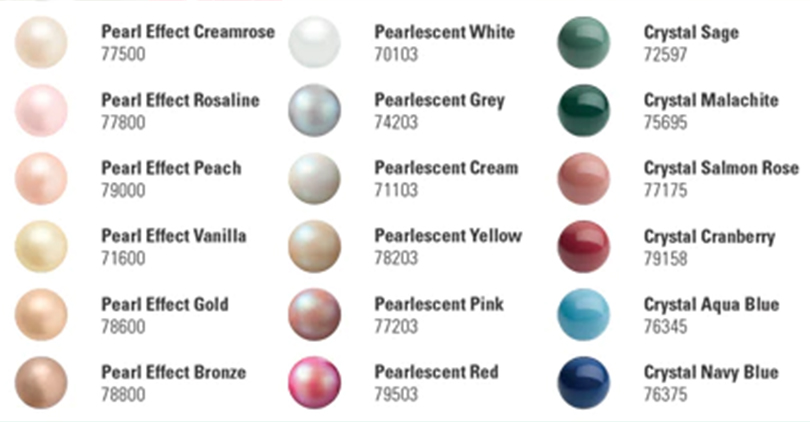
Oysters contain an organic substance called conchiolin that keeps the crystalline aragonite layer together.
Elasaro states microscopic pigments in the conchiolin layer help the pearl create colors.
Due to the type of oyster, nacre layers, and thickness, pearl comes in different colors.
Besides, thick nacre layers provide a better pearl color, while thin nacre creates a milky-appearing pearl with fewer overtones.
On the other hand, the number of translucent nacre layers coating creates the pearl luster.
Even the oyster lip's color influences the pearl color, as black Tahitian pearls come from black-lipped oysters.
Color Grading Factors Affect Pearl Cost
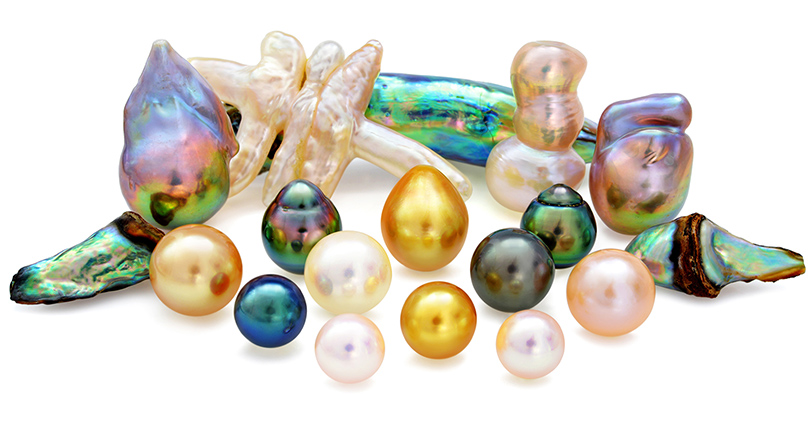
Color grading covers body color, overtone, and orientation to affect the pearl price. Let's dig into these factors in detail.
Pearl Bodycolor
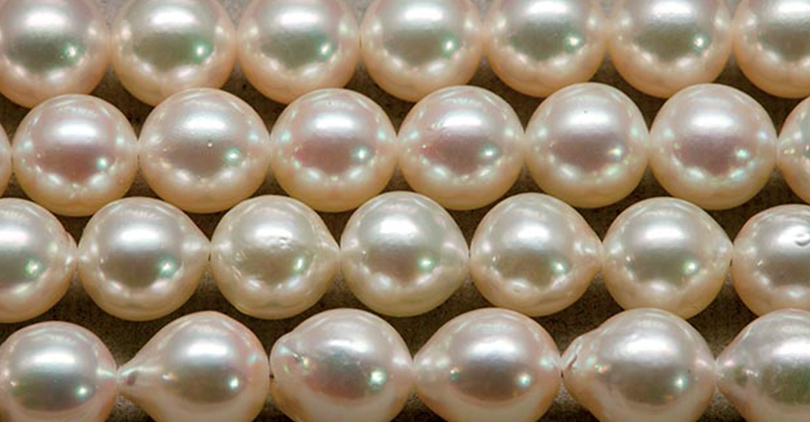
While considering the value, the dominant body color displays a pearl and shows variation consistently.
In short, body colors maintain a standard color terminology that falls into neutrals, semi-neutrals, and hues.
Based on Adda Pearl, the neutral body color covers white, gray, or black, whereas the semi-neutral colors adopt silver, brown, or cream.
Pearl Overtone
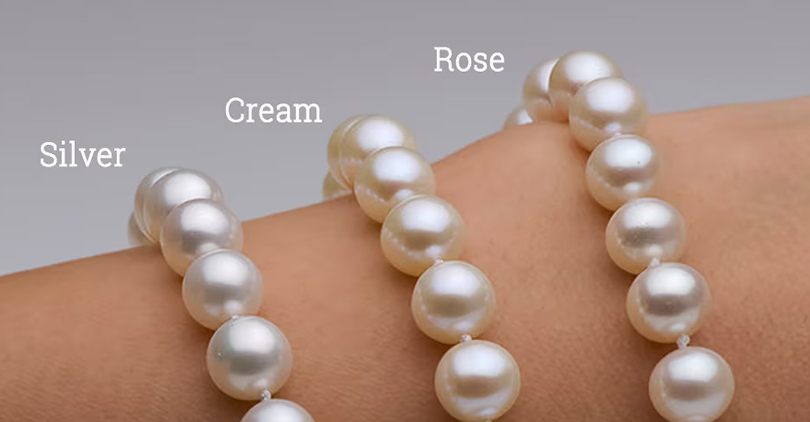
When the nacre crystals overlap on the pearl edges, the diffraction of light creates one or more translucent colors.
Overtones, like rose, silver, green, or purple, can decide the pearl's value.
In addition, the complexity and intriguing rose overtone possess higher value, whereas the regular green overtone is typical and costs less.
Even the combination of overtones creates valuable colors like peacocks, which are the most valued in Tahitian pearls.
Pearl Orient
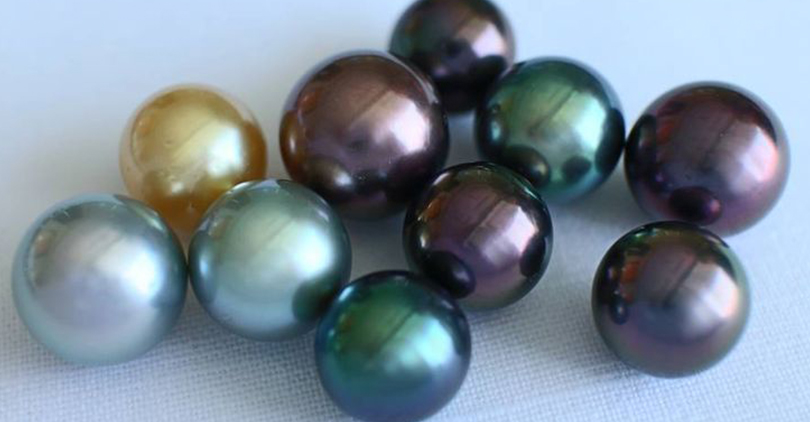
Orient is the 3rd color aspect that decides the value of the pearl by producing the rainbow effect.
Once the pearl's surface is irregular and restricts the entrance to light, it breaks the color components and increases the reflection.
Further, Orient indicates the thickness and quality of the nacre that leads to a beautiful pearl.
Color Variations of Pearls
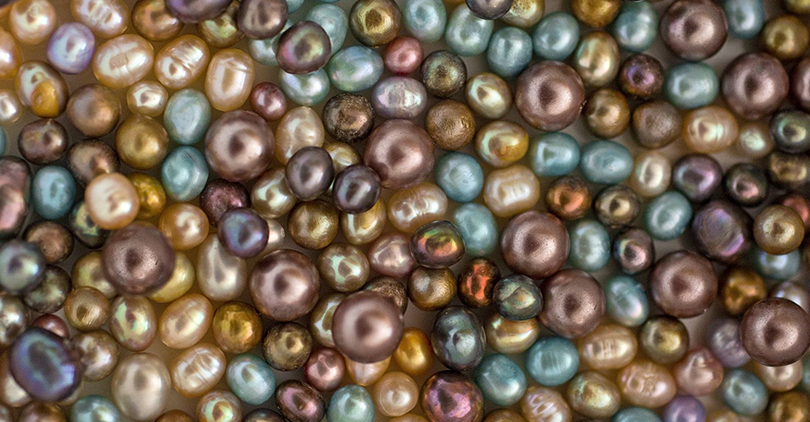
Different pearl types show various colors and overtones, limiting their availability and value in the jewelry market.
South Sea Pearl
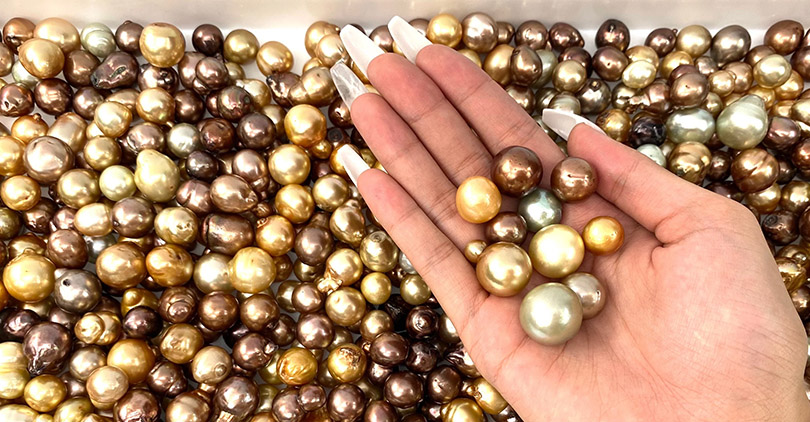
Different shades of South Sea pearls, including warm, cool, or deep gold, can intensify the cost of pearls.
In the cool white tones, the rarest colors like white, pink, green, or white creams possess value.
Besides, the warm silvery tone includes silver, silver pink, silver white, or dark silver, limiting availability and increasing the pearl cost.
Moreover, the natural gold tones of Filipinos cover gold, dark gold, champagne, and yellow color.
Tahitian Pearl
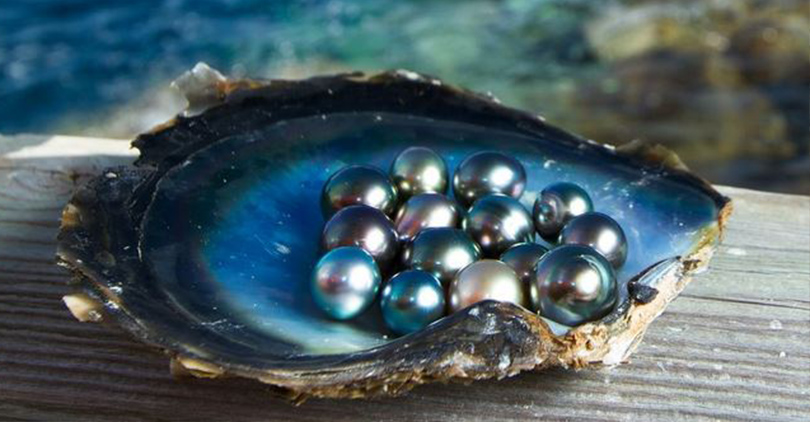
The black-lipped oyster produces exotic pearls with dark, purple, blue-green, peacock, gray, and black color.
Due to the extreme rarity and hard cultivation, finding the exact color of a Tahitian pearl for a necklace is costly.
According to Secret & You, Only the peacock color is reminiscent of the wide range of greenish, magenta, and black shades.
In short, the scarcity of dark pearls makes Tahitian the most coveted and valuable pearls.
Akoya Pearl

The neutral overtone of Akoya pearl offers various colors, including white, grey, pink, light cream, dark cream, or gold.
The bright luster and colorful shine improve the demand for Akoya pearl jewelry.
However, a few colors, like blue with silver or pink overtones, are rare and cost more than regular ones.
Even the Cobalt-60 radiation-treated black akoya is also available in the jewelry market.
Freshwater Pearl

Most commonly produced freshwater pearls come in colors like white, pink, cream, peach, lavender, blue, and black.
Compared to South Sea, Tahitian, or Akoya, Freshwater pearls are an essential choice for necklaces, pendants, or earrings.
Due to the easy availability and higher commercial production, freshwater pearls possess lower price points in the market.
Symbolism of Different Pearl Colors
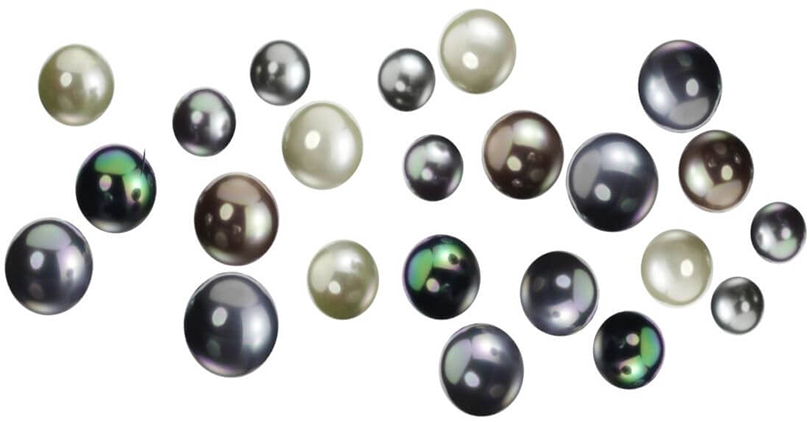
White pearls mean fortune, and the color symbolizes royalty and social status.
Even brides love wearing white pearls to represent their beauty and purity at their wedding.
In ancient times, people proposed to their lovers by gifting black pearl rings as a sign of eternal love.
Besides, golden pearls symbolize wealth and bring internal peace to a person.
On top of that, the blue pearls consider calmness, trust, and loyalty while providing inner peace to the depressed wearer.
Further, pink pearl is a feminine color that brings feminine energy and romance, the perfect choice for a Valentine's or wedding gift.
Warp Up
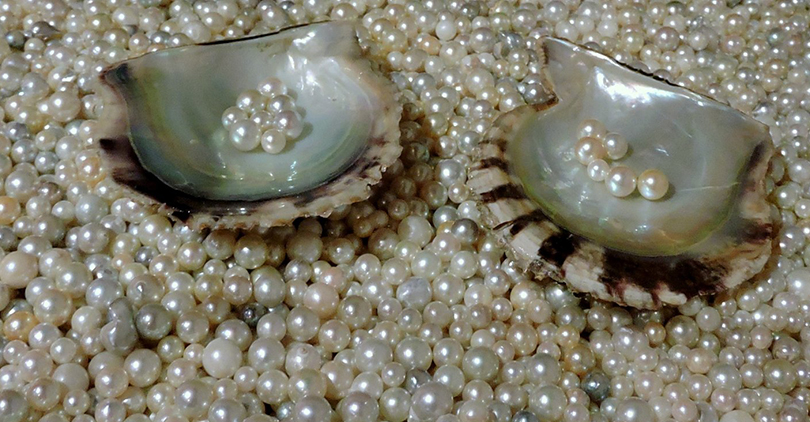
Dominant body color shows variation, whereas the complexity of pearl overtone leads to a higher value.
The various colors affect the cost, from the rarest golden South Sea to the typical white Freshwater pearl.
Even the value depends on the depth of the overtone on the surface that intensifies the body color.
So, pick pearl jewelry with the desired color to uplift your looks, outfits, and vibe!


Leave a Comment